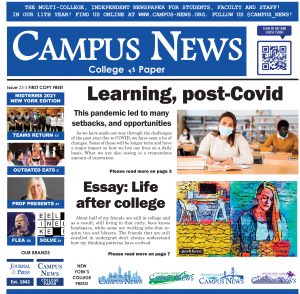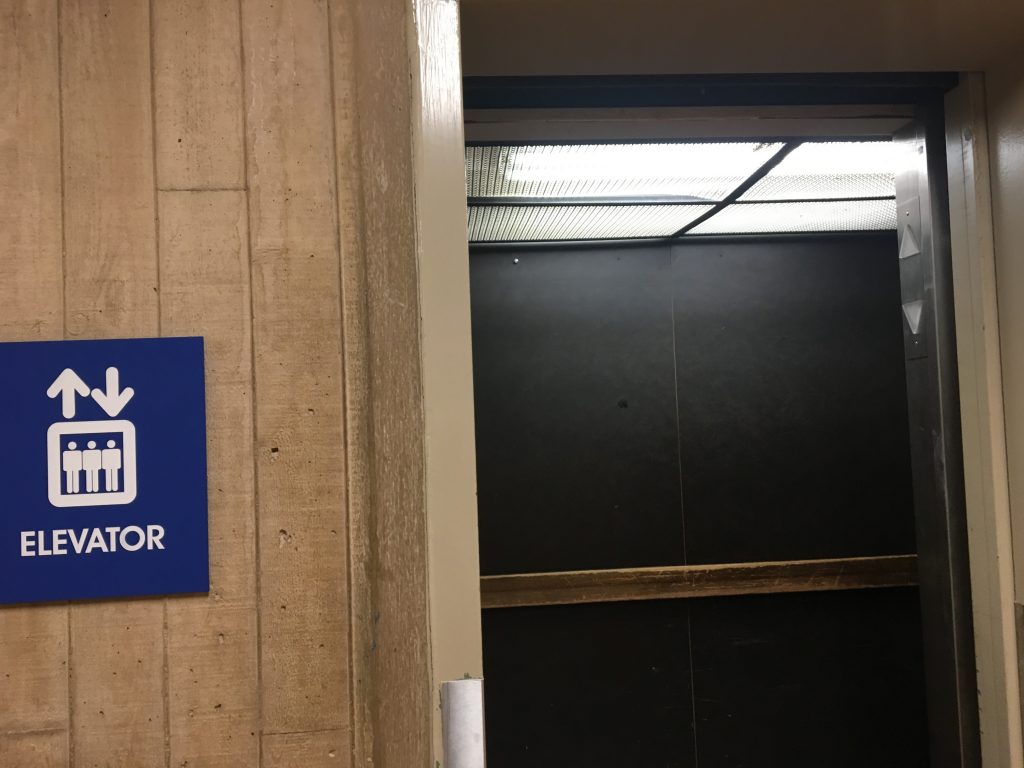By John DeSpagna
Campus News
Change. This is a word this is a constant in business and society. As we have made our way through the challenges of the past year due to COVID, we have seen a lot of changes. Some of these will be longer term and have a major impact on how we live our lives on a daily basis. What we are also seeing is a tremendous amount of innovation.
One hundred years ago, we had a worldwide health pandemic. This spurred innovation with better working conditions, wider hallways for social distancing, employer-based health care and better sanitation. Let us now take a closer look at how this will impact us on the community college level.
We have seen an acceleration of the digital transformation based on need and this is readily apparent. Remote learning is now being used on a large-scale basis and the word Zoom has become a verb in many conversations. The future may see some classes continuing via Zoom to be flexible and meet the schedules of students. Zoom sessions may also continue to provide advisement to students who cannot make it to campus.

As colleges seek to meet the requests of students, the number of online course offerings has increased. Online learning has a place for students who are comfortable with this learning modality. This increased demand is also leading to degrees that can be fully completed online. Colleges will probably continue to increase the number of online degrees to stay competitive.
As we have more online course offerings, the academic integrity of this work is questioned. This is leading to the development of online software that utilizes browser lockdowns, disabling the print function, cameras and detection of noise and motion.
Students need access to an electronic device to have access to the digital content of a course. The cost of a computer can be addressed by offering students loaner computers/iPads for a course. This is commonplace in some school districts and colleges are moving in this direction. The helps create equity for those who need access to a computer.
The digital transformation has seen a move toward e-books, which tend to be offered at a more price friendly point for students. This is now going in another direction with something we call OER. This means Open Educational Resources, which in a nutshell are free electronic books for students. These books are developed and then offered to professors to utilize for their classes.
Learning Centers are available to many students to assist them with extra help and tutoring. These are now being offered remotely. As we move forward, they may continue to be offered remotely so students could receive help in the evening or weekends while staying home. A student could also have a remote Zoom session while they have a break from work during the day.
Other areas where can see growth in are second half of the semester classes. Some colleges are offering remote and online classes that run the second half of the semester. The classes are accelerated and provide the flexibility to students to earn credits in courses in a current semester instead of waiting for the next semester to start.
On a closer to home note, you can now receive your copy of the Campus News in a digital format. This allows for convenience of the reader and its facilities the delivery process.
What is going to happen to the practice of shaking someone’s hand in a business meeting?
We are experiencing an accelerated digital transformation that is spurring innovation. This is having an effect across society and on the community college level too. Change is always happening, and we are seeing it firsthand in the classroom.
 John DeSpagna is a business professor and Chair of Accounting and Business Administration Department at Nassau Community College in Garden City, New York.
John DeSpagna is a business professor and Chair of Accounting and Business Administration Department at Nassau Community College in Garden City, New York.







Facebook Comments